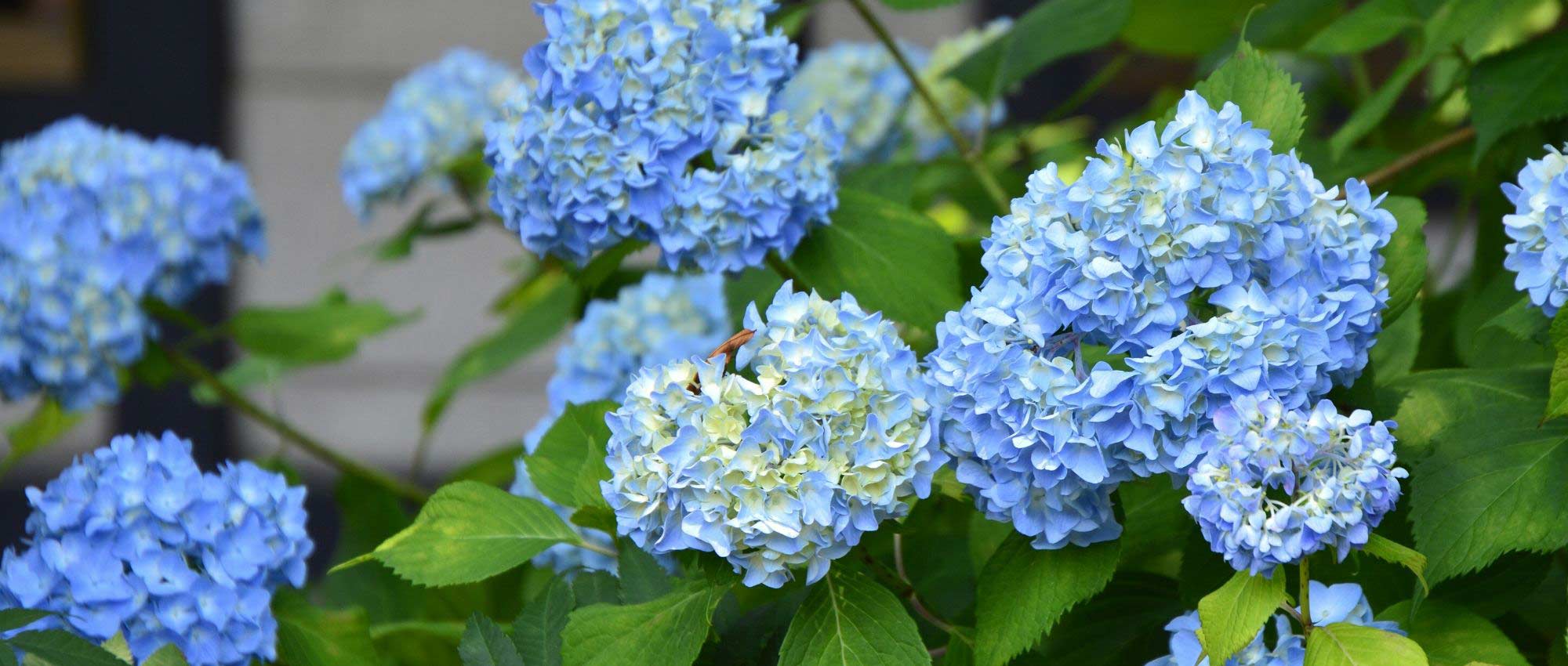
How to prune hydrangeas?
Our tips and tricks
Contents
Hydrangeas are appreciated for their long, generous summer flowering, often pink, blue or white. To keep superb bushes, prune them each year. Pruning promotes regular, abundant flowering and helps the hydrangea maintain a compact, rounded, balanced habit. It also helps to open up the clump, allowing air and light to penetrate to the centre of the bush.
When hydrangeas are older, pruning can also rejuvenate them and restore vigour. However, note that not all hydrangeas are pruned in the same way: for example, heavy pruning can be carried out on Hydrangea paniculata and arborescens, whereas pruning should be much lighter on Hydrangea macrophylla and serrata.
Discover in this guide all our tips to successfully prune hydrangeas, whichever species you grow!
When to prune hydrangeas?
In autumn, after flowering, you can remove spent flowers, and take the opportunity to cut dead or damaged branches. At this time, avoid severe pruning of the bush so as not to weaken it before winter. If you live in a cold region, it is better to leave the spent flowers on the hydrangea over winter, as they will protect the buds from the cold. In any case, removing spent flowers is not essential; it is mainly for aesthetic reasons.
In late winter, around March, a more substantial pruning is carried out. This operation aims to shape the bush, give it a balanced silhouette, while favouring a generous flowering.
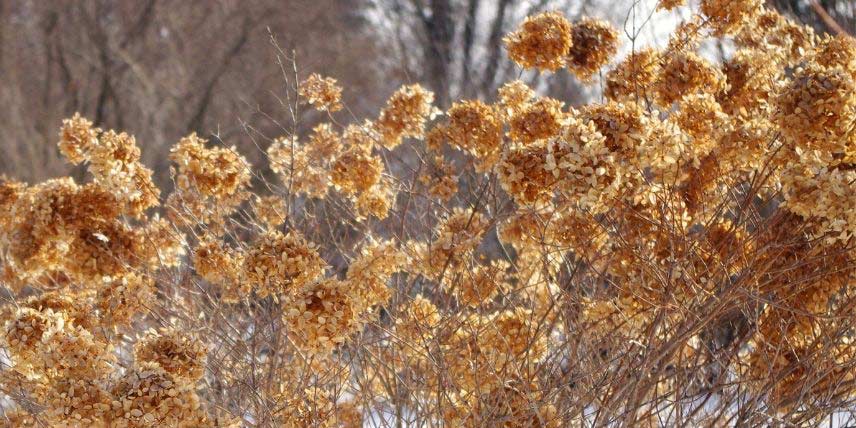
Read also
How to grow hydrangeas?How to prune hydrangeas?
Some preliminary tips
To prune hydrangea, use a pruning shear, or, on older bushes with large branches, opt for loppers, better suited to diameter of sections to cut. Ensure pruning tool is sharp, and we also recommend disinfecting it with 90% alcohol to avoid transmitting diseases. Likewise, whenever you prune, make clean cuts just above a bud so sap can irrigate it.
Principles to follow when pruning hydrangeas
Step back to appreciate shape of bush as a whole. Keep branches that appear most vigorous, and remove those that appear dead, dry, damaged or poorly positioned. Remove branches growing in wrong direction or those that cross. We also advise cutting small, weak branches to concentrate sap towards main branches. It is also useful to remove branches from centre of bush to allow air and light to penetrate more easily. You can remove at base some of the oldest structural branches to rejuvenate bush. This will encourage production of new, robust and vigorous branches.
Always prune by cutting just above a well-formed bud, because it will take over for branch you have cut. Position of that bud indicates direction new shoot will take (for example, if bud points towards outside of bush, new branch will also grow outwards). Avoid cutting where bud faces inward.
When bush is young, during first years, prune sparingly to let it grow. When it is mature, you can carry out heavier prunings.
If bush is old, you can perform a severe pruning to regenerate it. Cut back hydrangea close to soil to renew branches and restore vigour to bush. In following years, carry out light prunings. In year you carry out regenerative pruning, bush may not produce flowers: you will need to wait at least one year to enjoy flowering again. Therefore, we recommend spacing such severe prunings by at least 4 or 5 years.
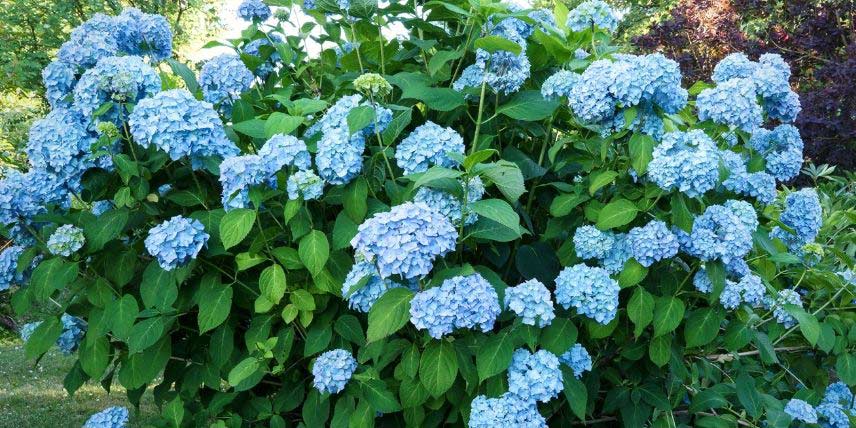
Hydrangea macrophylla (photo Neptuul)
Special cases: adapt pruning to the grown species
- Hydrangea macrophylla flower on previous year’s wood: therefore, pruning must be very light, otherwise flowering will be compromised. You are not obliged to prune them every year. When you do intervene, remove first dead branches, those that are too weak and those poorly positioned. Do not hesitate to open centre of bush by removing some branches. On branches you keep, avoid cutting more than 30 cm, otherwise you risk limiting flowering.
If Hydrangea macrophylla is young, during first years you can let it grow without intervening much, and later, when older, carry out more regular prunings.
Discover our video tips on pruning Hydrangea macrophylla:
Hydrangea serrata can be pruned in same way as Hydrangea macrophylla. Carry out light pruning, avoiding cutting too short.
- Hydrangea paniculata and Hydrangea arborescens flower on current year’s wood. You can therefore prune them more severely.
Hydrangea arborescens benefit from being cut back to about 30–40 cm from soil. Pruning encourages production of fewer but larger and more impressive inflorescences! It will regenerate bush and make it more attractive and vigorous. However, if variety you grow naturally bears large inflorescences, these may be too heavy for young branches that develop during year and may therefore bend under weight of flowers. In that case, it may be worth carrying out slightly lighter pruning.
Hydrangea paniculata also need severe pruning each year. Pruning here consists of structuring bush by keeping a few main structural branches. Start by removing small, thin, weak branches. You can remove lateral shoots that grow horizontally or in wrong direction, to favour straighter shoots that grow upwards. This will give bush its structure. Also remove branches growing inwards to give it a more open, flared silhouette. On the structural branches you have selected, prune leaving only two to three pairs of buds on each branch. More than other hydrangeas, pruning Hydrangea paniculata is essential to give balanced habit and promote appearance of beautiful inflorescences.
Be careful with Hydrangea paniculata that flower early in year (such as ‘Early Sensation’). We recommend pruning them very lightly or not at all, otherwise you risk compromising flowering.
- Make very light prunings on Hydrangea aspera and H. quercifolia. Limit yourself to removing dead or damaged branches.
- Climbing hydrangeas (Hydrangea petiolaris, Hydrangea seemanii and Schizophragma) do not need pruning. You can, however, remove faded flowers and dead branches in autumn, and perform, if necessary, some pruning where branches become inconvenient (for example if they reach roof or encroach on a path).
Discover other Hydrangeas
View all →Available in 1 sizes
Available in 1 sizes
Available in 1 sizes
Available in 1 sizes
Available in 1 sizes
Available in 1 sizes
Available in 1 sizes
Available in 2 sizes
Available in 2 sizes
Available in 2 sizes
- Subscribe!
- Contents
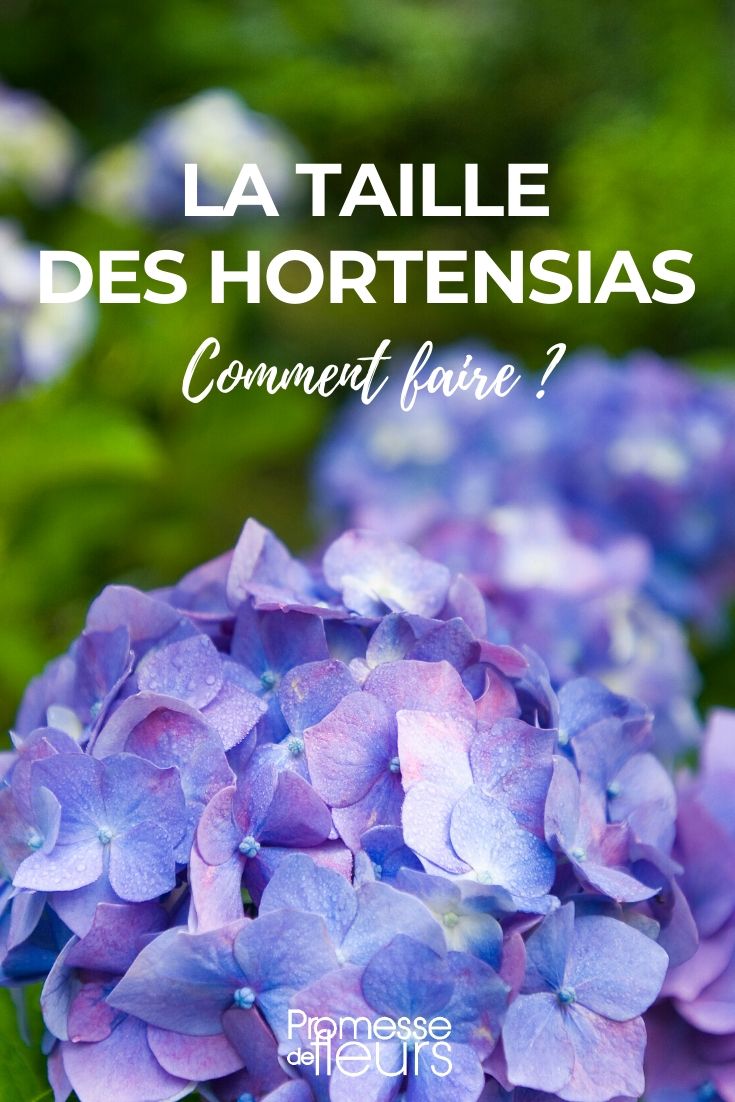































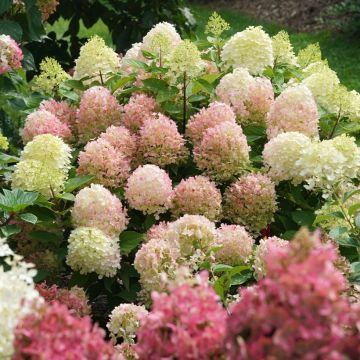
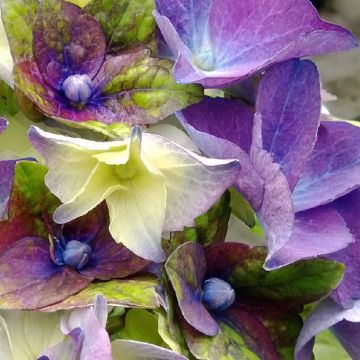
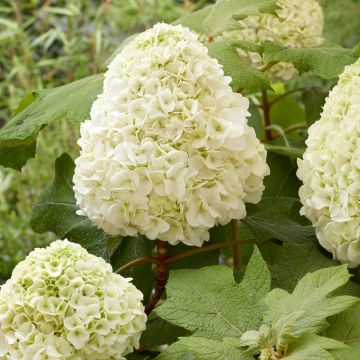


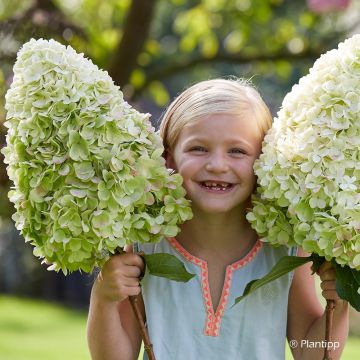
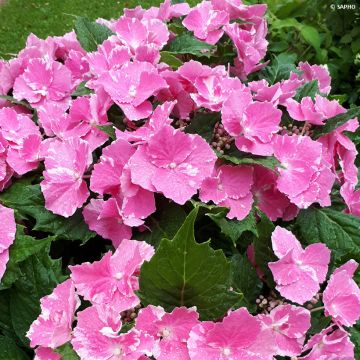
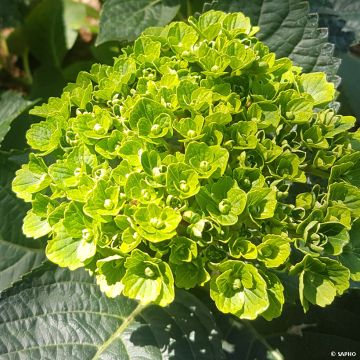
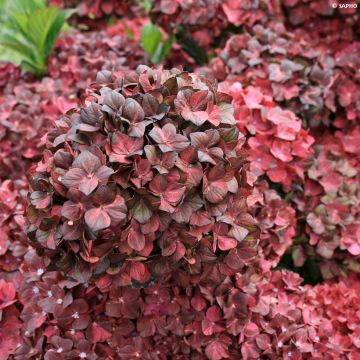
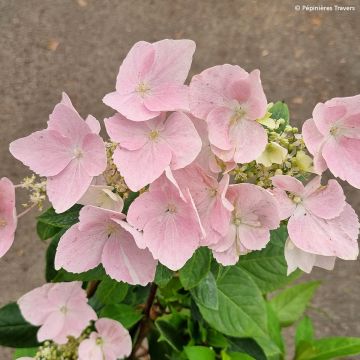
Comments